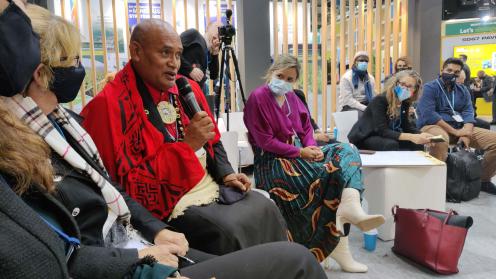Applying a Holistic, Ecosystem-centered Approach to Optimize Future Health and Wellbeing
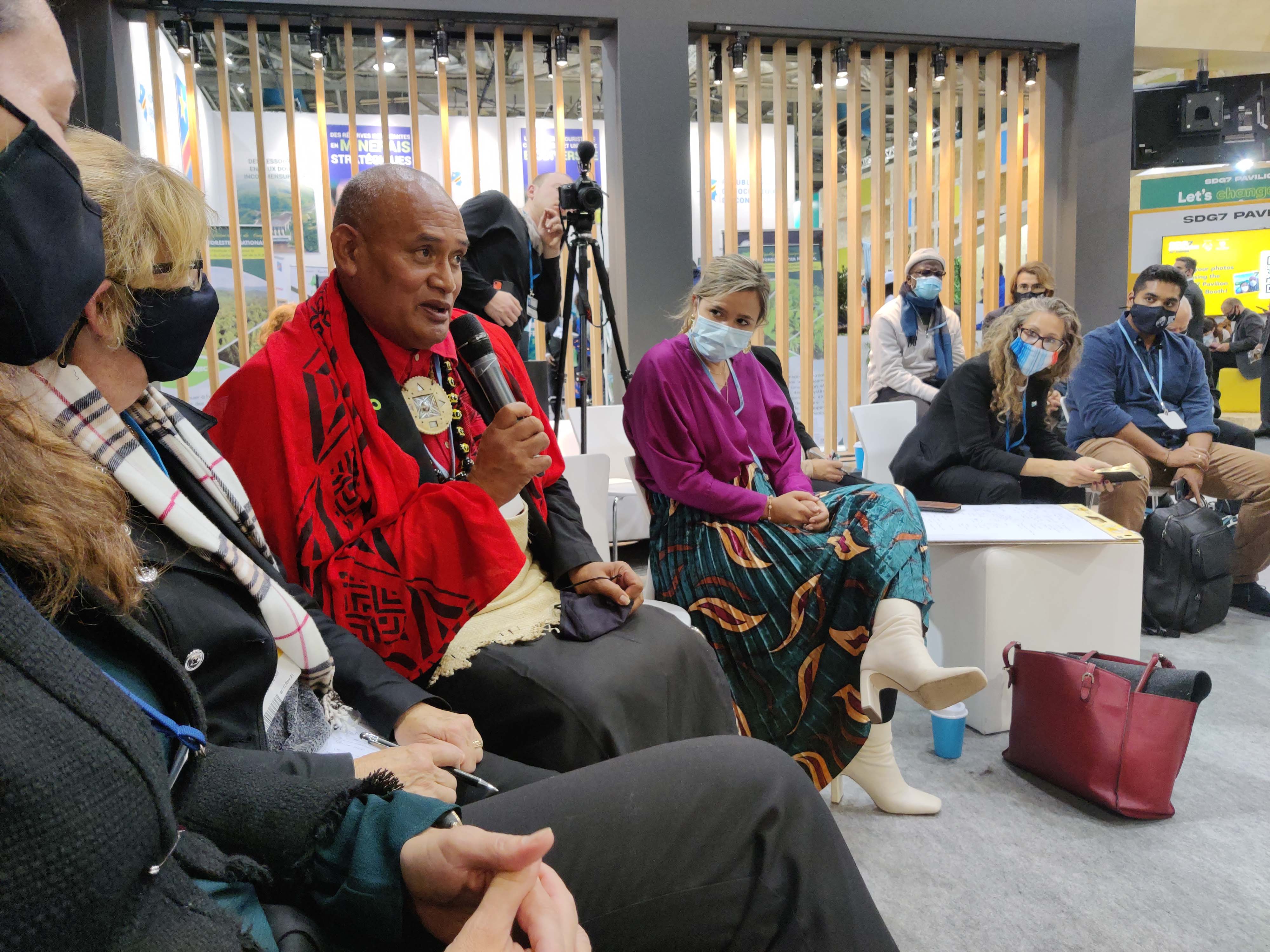
Resilience Frontiers is described as a foresight thinking initiative that challenges the status quo. Through its eight pathways, the programme promotes a paradigm shift in humanity’s foundational systems creating a desirable future of regenerative living. On Tuesday, 9 November, the team showcased the sixth pathway, exploring how ecosystem-based approaches can optimize future health and wellbeing. The pathway urges communities, architects, designers, ecologists, and urban planners to collectively brainstorm approaches to ensure the ecosystem embodies optimal health, nutrition, and wellbeing for every citizen, so as to reconnect society to the natural world.
Introducing the pathway, Tia Kansara, CEO of Replenish Earth, stressed the application of an ecosystem-based approach which engenders planetary wellbeing, which requires reflection on the true meaning of wellbeing. Participants shared that wellbeing is often felt through multi-sensory experiences in nature which, they said, is the basis of all life. They described wellbeing as a timeless awareness encompassing presence and beauty through natural surroundings. Reflecting on these ideas, Kansara said that once basic needs are met, a secondary layer of connection to community and nature emerges. Circling back to the concept of ecosystem-based approaches, she expanded on surrounding habitats and asked what elements create an ideal habitat. Participants suggested incorporating green spaces in whatever way possible, from natural formations into the city’s infrastructure, to growing a tomato plant on an apartment windowsill.
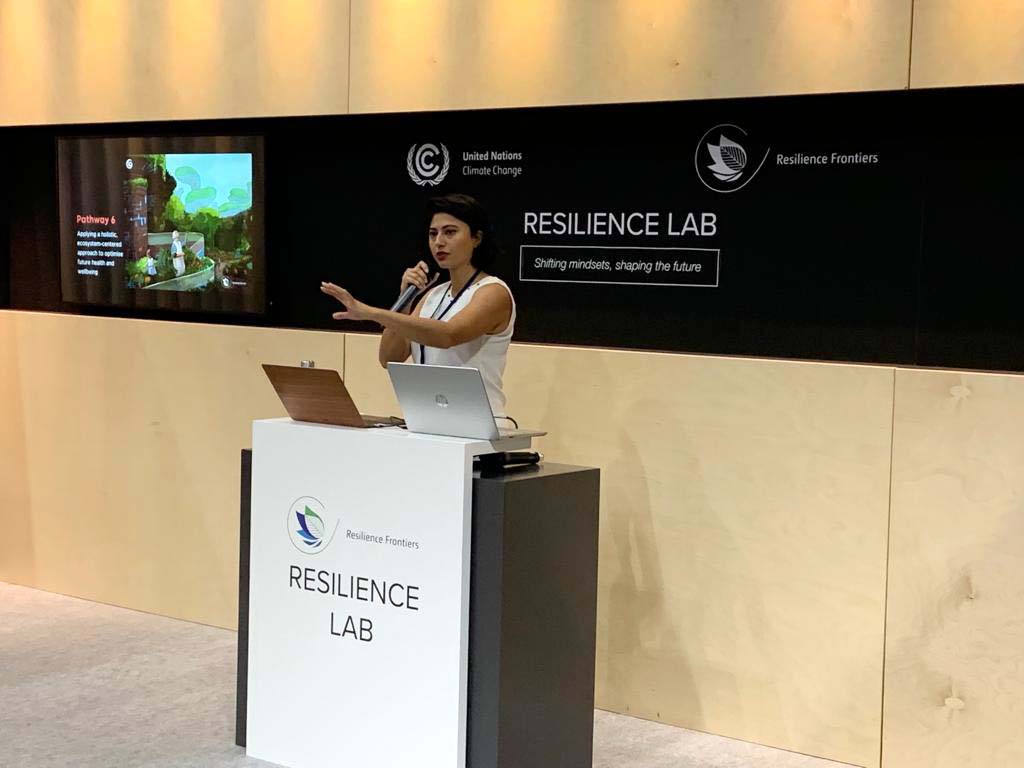
Sean Bradley, Clever Cities Programme Manager at Groundwork London, moderated this session which focused on how ecosystem-based approaches can be applied to urban design. He was joined by Ocian Hamel-Smith, Innovation Architect and Sustainability Driver at Futur/io, and Marc Buckley, UN Advisor and Sustainable Development Goals (SDG) Advocate. The panel considered ecosystem connections that inspire nature-based urban planning and how these can be scaled up to a global level. They said innovation is the heartbeat of the planet, comparing it to planetary systems, and that harnessing this can be used for the benefit of humanity. They also cited the need to reclaim the city and its connection with nature. Using the COVID-19 lockdown as an example of a radical change which gave communities a taste of life without noise or air pollution, they noted this could be normalized through reimagined urban design. Panelists said a core element of resilient city planning is inter-professional collaboration and a mindset that can condense timescales and build cities for the future. Hamel-Smith said those working on current projects must shift their mindsets in order to dream and go beyond what currently exists. During a brainstorming session, participants spoke about the importance of considering surrounding microclimates when planning, using systems thinking to incorporate a multiple-benefit design, and allowing for input from communities during the planning process.
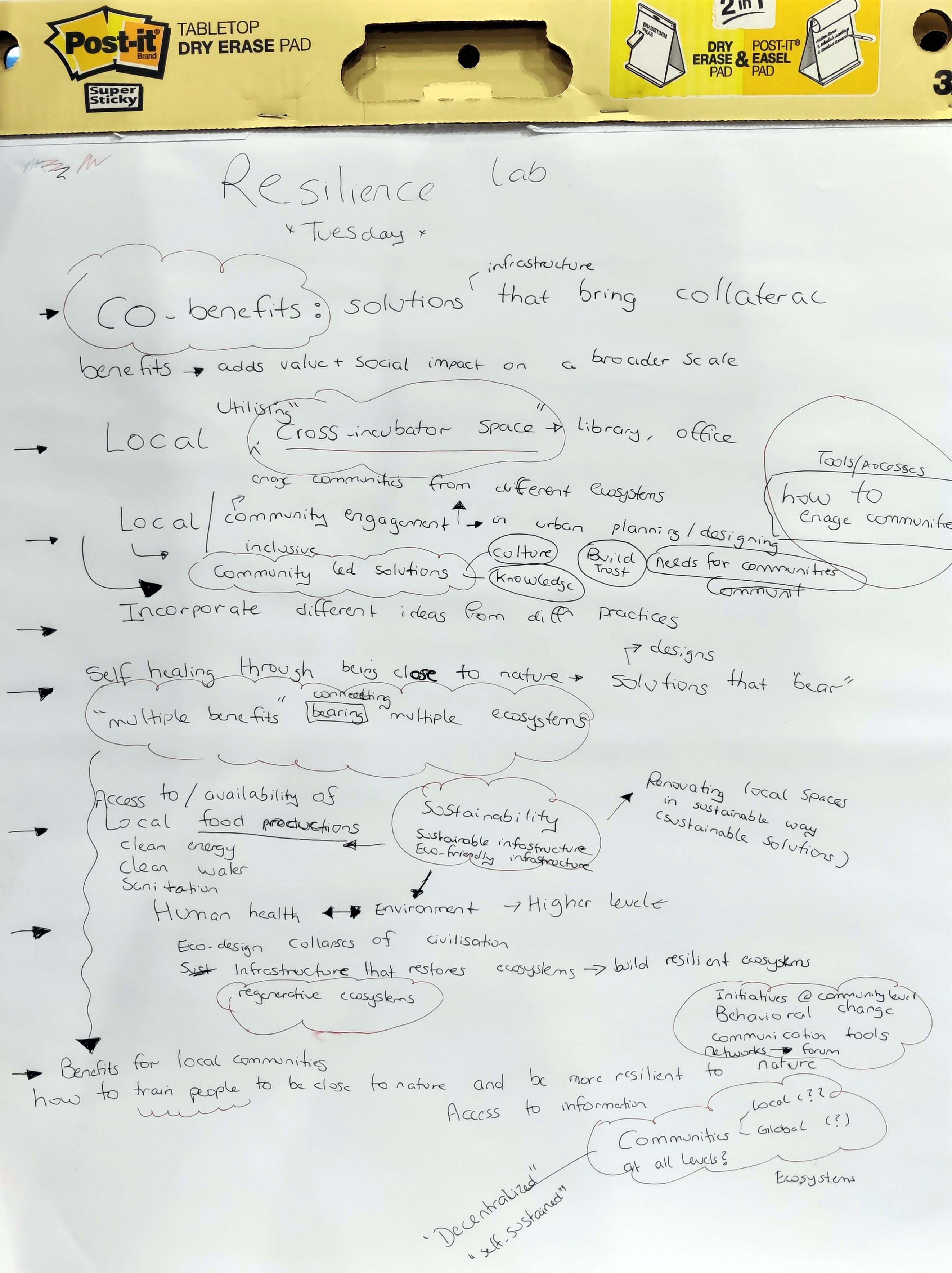
The next session was also chaired by Bradley and re-imagined what neighborhoods would look like in a regenerative world. Bradley was joined by Marc Buckley and Herald Voorneveld, Country Director for Regen Villages. Bradley highlighted that most futuristic scenarios feature dystopian cities with an abundance of metal skyscrapers and that are devoid of life and said that we need to rethink how social dynamics will be impacted by built structures. Responding to a question on what creates a good neighborhood, participants mentioned incorporating places that promote social cohesion such as cafés or green spaces, access to healthcare, and facilitating places which enable people to use their skills and talents. Panelists suggested creating ways for different modes of transport to co-exist within cities. The dialogue shifted towards the role of technology in an ecosystem-based city plan, with panelists and participants underlining that technology hinders the process when personal data is abused. They noted, however, that it can enhance community collaboration if used well. Buckley suggested communities need to shift away from limiting mindsets to a resilient future, highlighting countless “re”-imperatives like “regenerative,” “recycle,”or “reuse.”
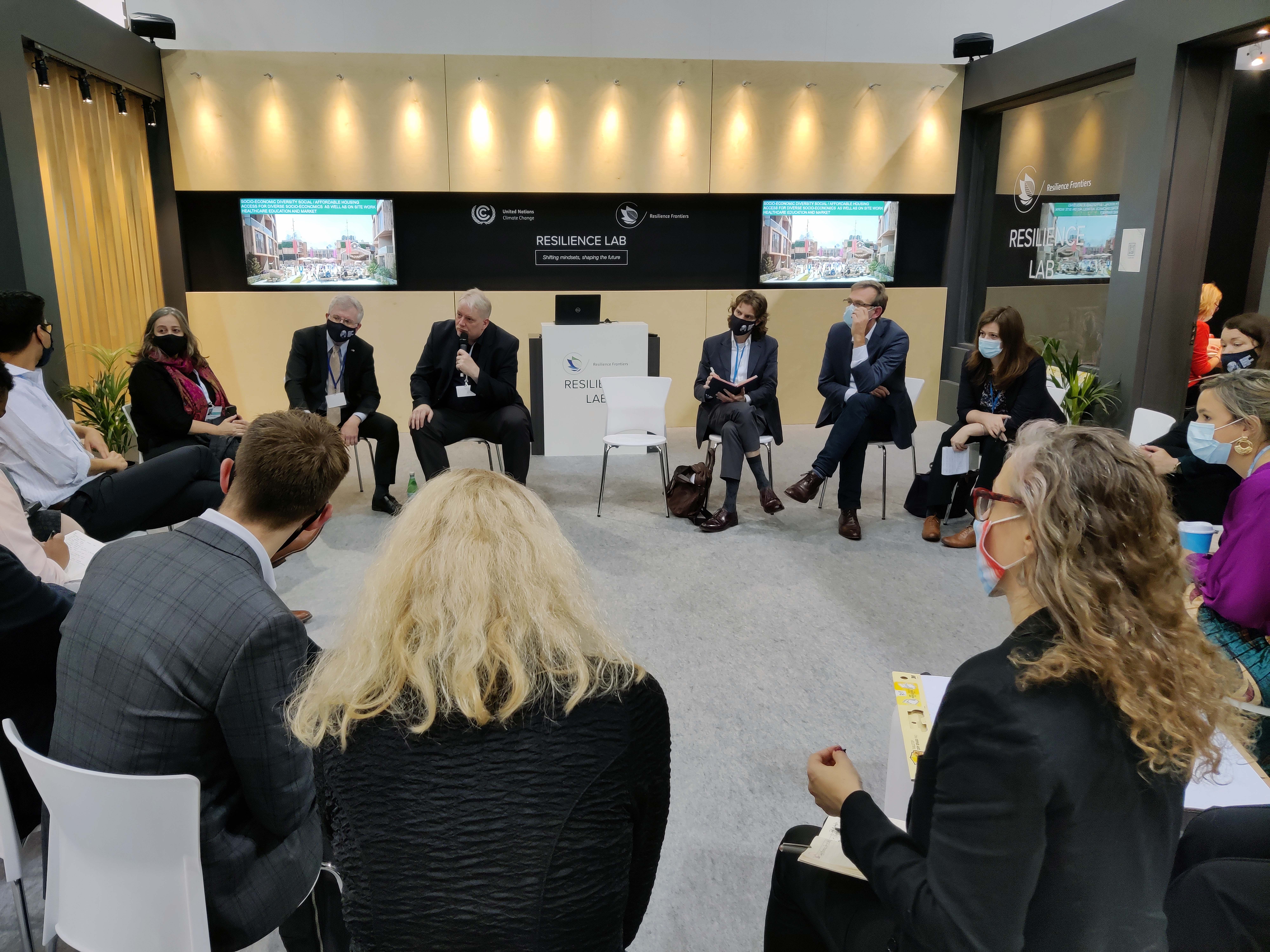
The final session looked at an example of best practices working in alignment with future-focussed values. Resilience Frontiers calls these innovative projects “Bright Lights.” Michal Nachmany, Founder and CEO, Climate Policy Radar, recalled the importance of acknowledging our neighbors, both the ones in our immediate surroundings, and those further away. She introduced the two Bright Lights of the session: Herald Voorneveld and Yunis Arikan, Head of Global Policy and Advocacy, ICLEI - Local Governments for Sustainability. Voorneveld shared a concept city with a self-sustaining village that is metabolically integrated with its digital infrastructure. Arikan spoke about the network and its aim to promote local sustainable action in regional governments. Nachmany then asked participants to discuss ways to bridge community interactions and governance institutions. Participants spoke about innovative urban design which facilitates decentralized community interaction. Some mentioned methods to involve communities in meaningful, actionable policy making, while others emphasized that different institutions also need to collaborate to form multilevel action.
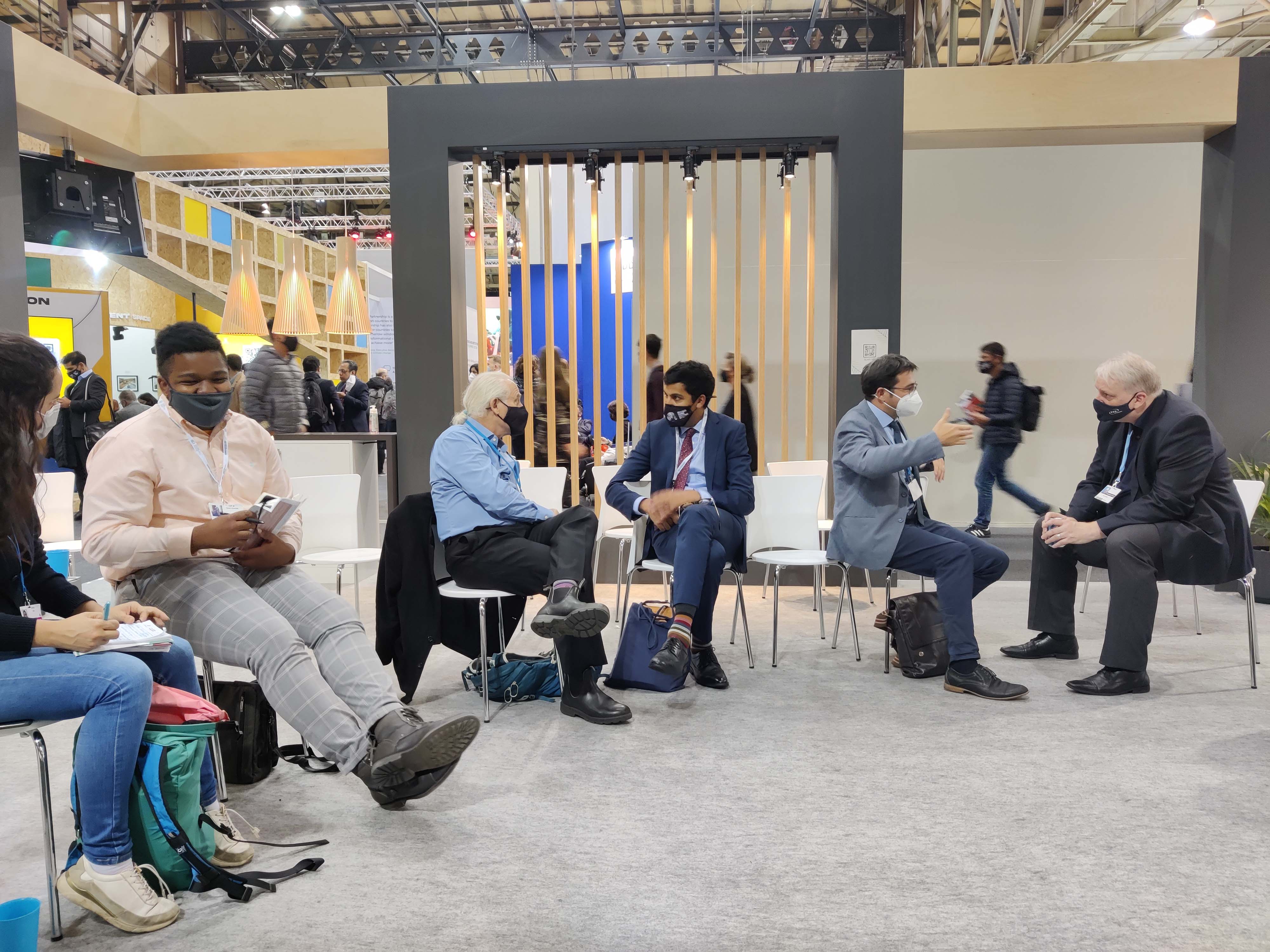
When exploring the day’s pathway, different applied ecosystem-centered approaches were discussed and used as beacons of hope towards a more resilient future. Throughout the day, participants pointed out that the technological shift towards resilient cities is within reach, and what is needed is an effort to rethink global planning systems and ensure that nature-based solutions are at the forefront of urban design throughout the world.
On Wednesday, 10 November, the Resilience Lab will discuss the seventh of the eight Resilience Frontiers pathways towards a regenerative future: Regenerative food production. The programme of events is as follows:
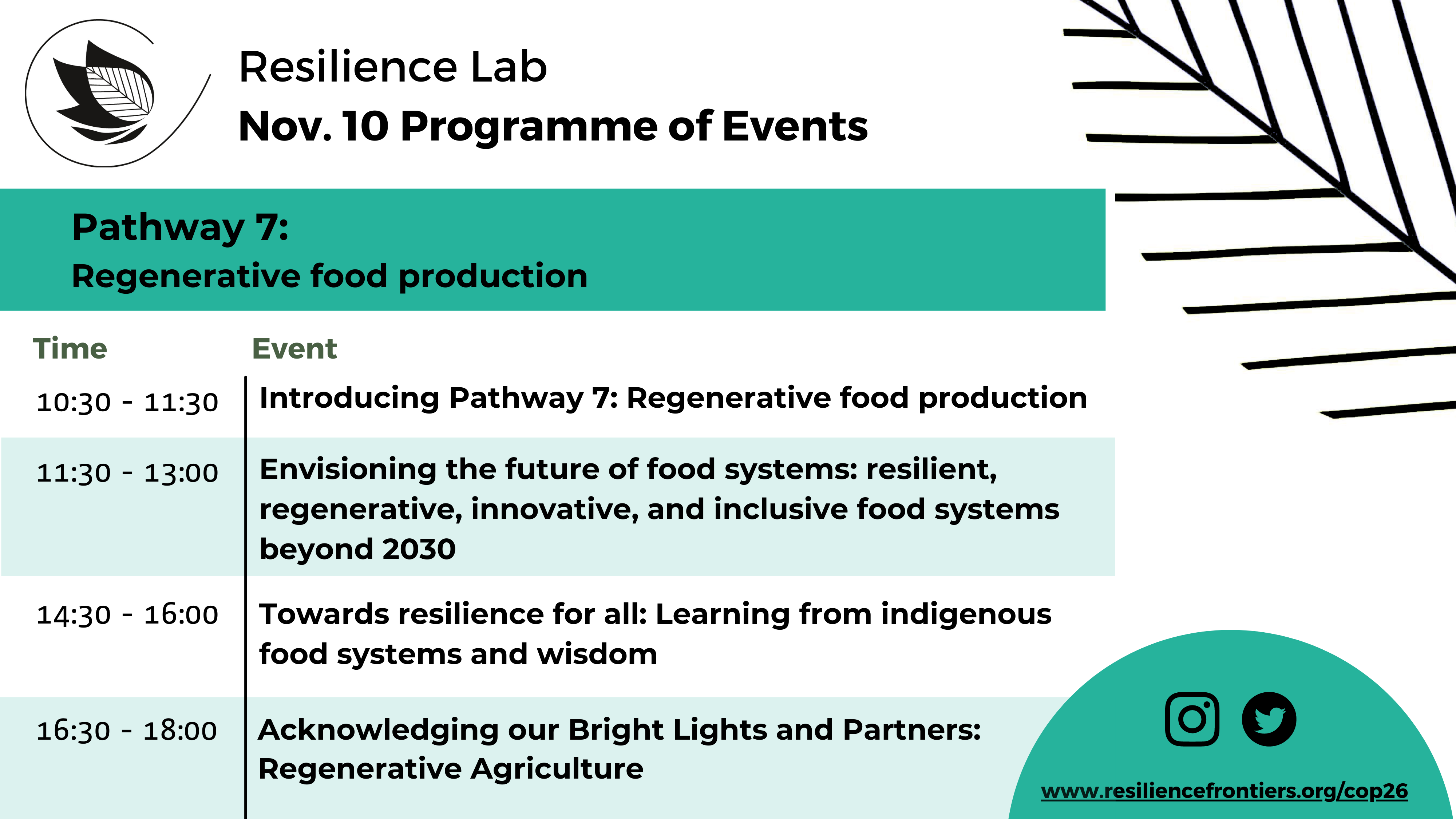
For more information about the Resilience Frontiers at COP 26, the programme of events and any updates, visit their website, and follow them on Twitter and Instagram.
To receive free coverage of global environmental events delivered to your inbox, subscribe to the ENB Update newsletter.
